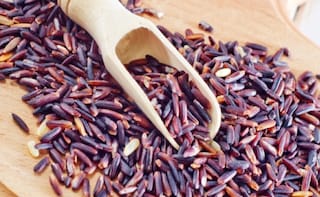Having lost the race to high- yielding varieties after the green revolution, a number of indigenous varieties of rice are now making a comeback due to their aromatic taste, low input cost and resilience to climate change.
Advertisement
For the latest food news, health tips and recipes, like us on Facebook or follow us on Twitter and YouTube.
Advertisement
Tags:
